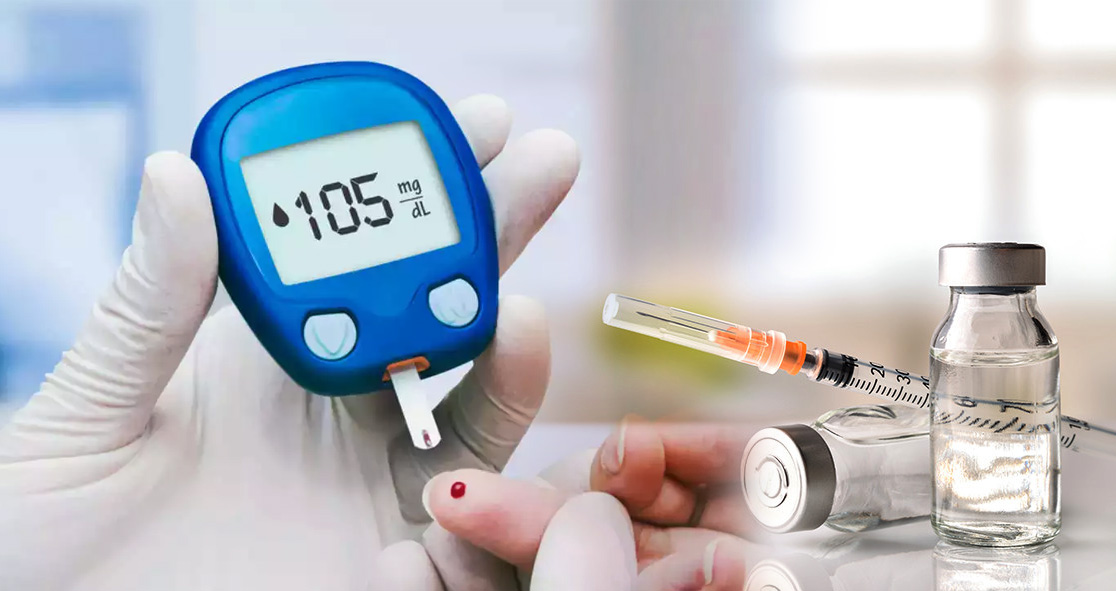For more than 10 decades, scientists have known that insulin, which is secreted by the beta cells of the pancreas, is the only hormone that regulates blood sugar levels.
However, a new study, published last week in the journal Cell Metabolism, has identified a second hormone that does the same job but in a different way, according to Medicine Net.
Researchers at Salk Institute for Biological Studies, La Jolla, California, said that the second hormone, called FGF1 (fibroblast growth factor 1), could be a new target for treating diabetes.
FGF1 is produced in the body’s adipose (fat) tissue, and like insulin, it swiftly lowers blood sugar levels. However, the researchers found that FGF1 works independently of insulin and by a different mechanism in mice.
The researchers found that FGF1 suppresses the breakdown of adipose tissue, reducing the liver’s ability to churn out glucose. Insulin does the same things, but FGF1 does it via a different “signaling pathway” in the body.
In the mouse model with insulin resistance, the researcher found that FGF1 injections substantially lower blood sugar levels.
Study author Dr. Gencer Sancar of Salk Institute said, “This mechanism is basically a second loop, with all the advantages of a parallel pathway. In insulin resistance, insulin signaling is impaired. However, with a different signaling cascade, if one is not working, the other can. That way you still have the control of [fat breakdown] and blood glucose regulation.”
However, it remains unclear whether these preclinical findings will ultimately translate to people with type 2 diabetes.
Dr. Emily Gallagher, who was not part of the study, raised one question that whether people with insulin resistance would also be resistant to FGF1. She also said targeting FGF1 could be effective in some people with type 2 diabetes, but not others.
“Type 2 diabetes is a complex condition where different individuals have different metabolic profiles,” explained Dr. Gallagher, an endocrinologist at the Icahn School of Medicine at Mount Sinai in New York City.
In previous studies, the Salk researchers found that FGF1 lowered blood sugar in lab mice. The hormone reduced insulin resistance when given continually in the animals. And the new study explained how the hormone works.
The researchers found that like insulin, FGF1 suppresses fat breakdown to regulate blood sugar. However, FGF1’s action is a bit different. Insulin is known to act via an enzyme called phosphodiesterase type 3B (PDE3B), whereas FGF1 uses phosphodiesterase type 4 (PDE4), setting off a signaling pathway.
Senior author Michael Downes of Salk said, “Now that we’ve got a new pathway, we can figure out its role in energy homeostasis in the body and how to manipulate it.”
Dr. Gallagher said it is “very interesting” that FGF1 can have insulin-like effects in fat tissue, but we need more studies to understand the long-term effects of FGF1 on insulin signaling and insulin resistance.
She said, “And in people, it would be important to understand more about the systemic effects of administering FGF1, as FGF1 affects many organ systems, including the inflammatory system, and also can alter tumor growth.” The article was published last week on Medicine Net.





















